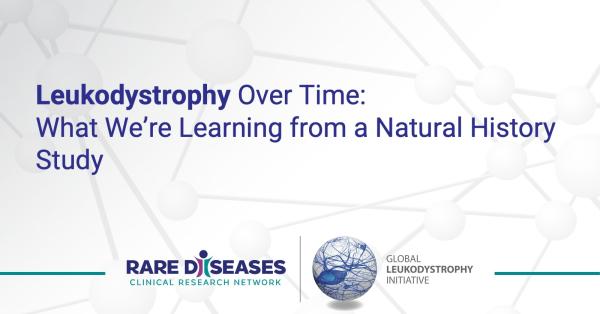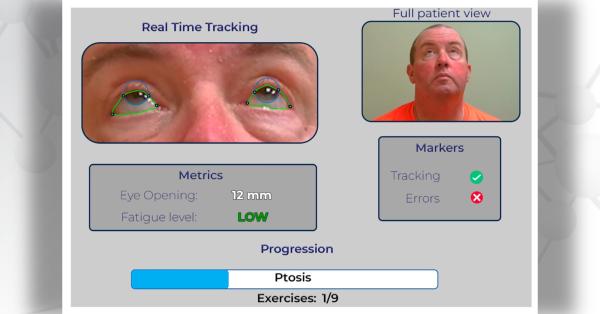Days before the 2012 New Year, Congress passed and the President signed landmark legislation championed by NIH Director Francis Collins, aimed at transforming the way human research is done. Key leaders in NIH, investigators at the nations academic medical centers, the Food and Drug Administration, and even much of the pharmaceutical sector saw NCATS as a bold new structure that would change the way research is done.
A total of $576.5 million was appropriated this year to fund the new National Center for Advancing Translational Sciences (NCATS), and of that the largest program at NCATS will be the Clinical and Translational Science Awards (CTSAs), which receive $487.8 million of the new institute's budget. The CTSAs provide the infrastructures to conduct research in human subjects in an optimal and efficient environment through a national consortium of 60 medical research institutions working together to improve the way clinical and translational research is conducted nationwide .
"Congressional support for the National Center for Advancing Translational Sciences (NCATS) marks a major milestone in mobilizing the community effort required to revolutionize the science of translation," said NIH Director Collins in NIH News on December 23, 2011.
"Patients suffering from debilitating and life threatening diseases do not have the luxury to wait the 13 years it currently takes to translate new scientific discoveries into treatments that could save or improve the quality of their lives. The entire community must work together to forge a new paradigm, and NCATS aims to catalyze this effort."
NCATS will serve as the home of many programs that were previously dispersed across the NIH in other venues. These include (1) the Office of Rare Diseases Research, (2) the CTSAs, (3) the Therapeutics for Rare and Neglected Diseases (TRND) program, and (4) the Cures Acceleration Network (CAN), which enables NCATS to fund research in new and innovative ways.
The Office of Rare Diseases Research (ORDR) and the CTSAs particularly expect to work together fruitfully to fulfill the mandate to increase focus on rare diseases.
Other components that comprise NCATS include:
- Bridging Interventional Development Gaps, making available critical resources needed for the development of new therapeutic agents
- FDA-NIH Regulatory Science, an interagency partnership that aims to accelerate the development and use of better tools, standards and approaches for developing and evaluating diagnostic and therapeutic products
- Components of the Molecular Libraries, an initiative that provides researchers with access to the large-scale screening capacity necessary to identify compounds that can be used as chemical probes to validate new therapeutic targets
Francis S. Collins, MD, PhD
Director, National Institutes of Health
Additional Information:







